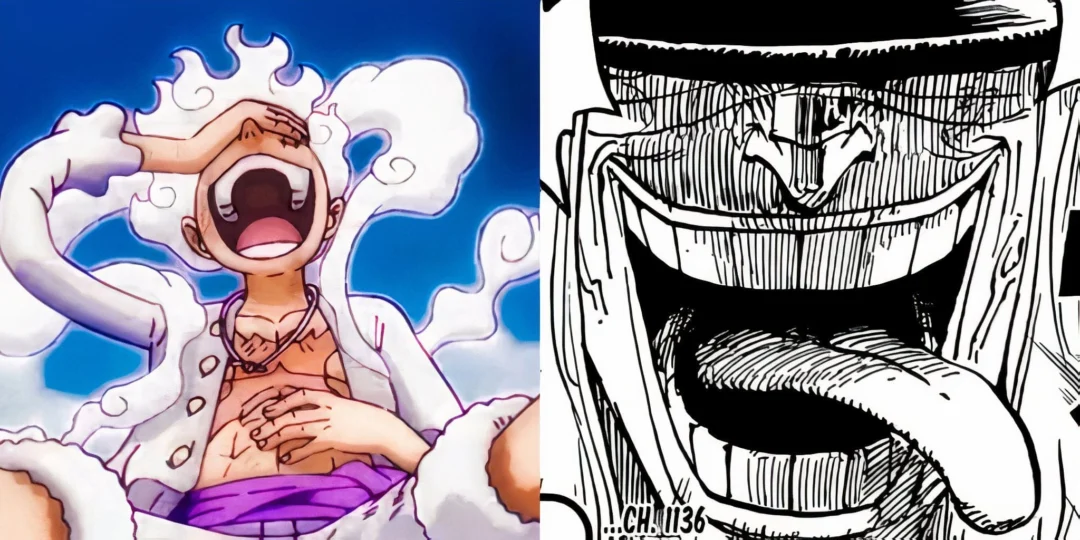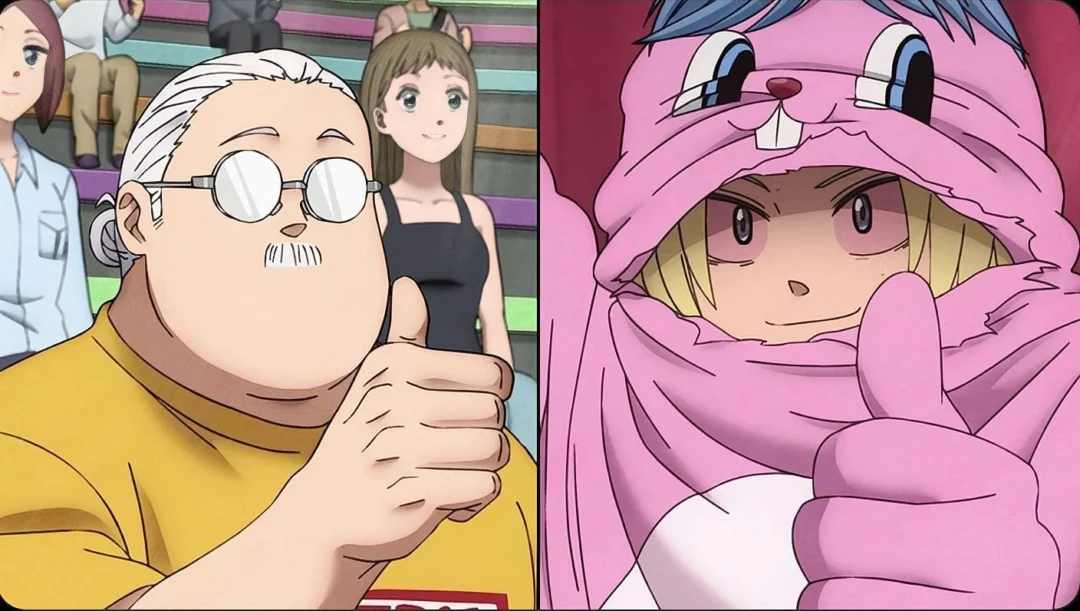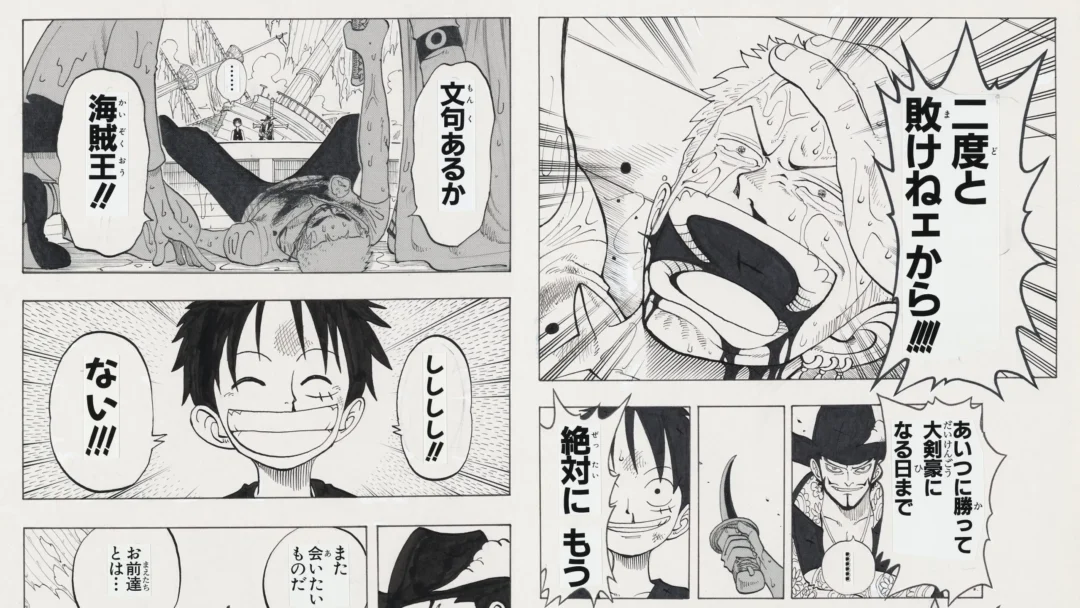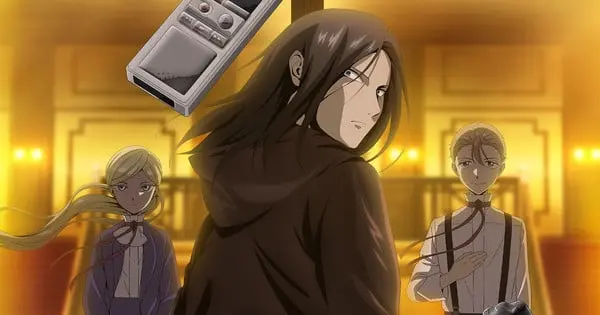The Fine Arts Museums of San Francisco are set to launch “Art of Manga,” a landmark exhibition that will be the first of its kind in the Americas to explore manga as a significant art form. The exhibition, scheduled to run from September 27, 2025, to January 25, 2026, at the de Young museum, will showcase over 700 manga drawings, delving into the rich history, diverse genres, production processes, and artistic styles of Japanese comics.
A Deep Dive into Manga’s Artistry and Global Impact
“Art of Manga” will feature works by some of the most influential manga artists, including Hirohiko Araki, Rumiko Takahashi, Eiichiro Oda, Gengoroh Tagame, Jiro Taniguchi, Kazumi Yamashita, Mari Yamazaki, and Fumi Yoshinaga. The exhibition aims to highlight the unique visual language of manga, which prioritizes images and lines over text, creating a visceral understanding that resonates with readers worldwide. This approach has allowed manga to transcend cultural and linguistic barriers, becoming a global phenomenon.
The exhibition will not only present the artwork itself but also provide historical context, tracing the evolution of manga from its early forms to its contemporary state. It will explore the various genres within manga, the complex production process, the passionate fandom, the issue of piracy, and the unique artistic techniques employed by different mangaka (manga artists). The show will also examine how manga has adapted to the digital age, with discussions on digital platforms and the use of NFTs in the art world.
Spotlighting Influential Mangaka
The “Art of Manga” exhibit will spotlight several prominent artists, each with their distinct style and contributions to the medium.
- Hirohiko Araki: Best known for his ongoing series, JoJo’s Bizarre Adventure, Araki is renowned for his unique style that blends classical art techniques with modern fashion and pop culture influences. His work is characterized by dynamic poses, vibrant colors, and intricate details. Araki‘s innovative approach has earned him a reputation as a visionary in the manga world. His work has been lauded as both a pop-culture phenomenon and high art. Araki takes inspiration from the color manipulation of Paul Gauguin, Western pop culture, and fashion.
- Rumiko Takahashi: A prolific and versatile artist, Takahashi is celebrated for her popular series, such as Urusei Yatsura, Ranma ½, and Inuyasha. Her work is characterized by engaging storytelling, memorable characters, and a distinctive style that balances humor with action and romance. Takahashi’s influence on the manga and anime industry is undeniable, as her character designs and narratives have been passed down throughout the genre to this day. Her style is known for its vibrant and expressive illustrations, featuring large, detailed eyes and stylized hair, along with bright color palettes that create a playful atmosphere.
- Eiichiro Oda: The creator of One Piece, the best-selling manga series in history, Oda is known for his epic storytelling, imaginative characters, and detailed world-building. His work is characterized by dynamic action sequences, expressive character designs, and a unique sense of adventure. Oda’s interest in pirates was sparked by the TV series Vicky the Viking, and his art style is influenced by Akira Toriyama’s Dragon Ball.
Historical Roots and Evolution of Manga
The term manga is used in Japan to refer to both comics and cartooning. The origins of manga can be traced back to the 12th and 13th centuries with emakimono (illustrated narrative scrolls) and Chōjū-jinbutsu-giga, which depicted narrative scenes from life and myth. During the Edo period (1603–1867), illustrated books called Toba Ehon further developed the concept of manga. The term itself came into common usage in the late 18th and early 19th centuries, with publications such as Santō Kyōden’s Shiji no yukikai (1798) and Aikawa Minwa’s Manga hyakujo (1814). The celebrated Hokusai Manga books (1814–1834), featuring assorted drawings from the sketchbooks of the artist Hokusai, also contributed to the development of manga.
The modern form of manga, as multi-panel cartoons, emerged in the late 19th century, influenced by Euro-American cartoons featured in Japanese publications. Translations of American comic strips in the 1920s further shaped the visual language of manga, introducing speech balloons and other comic conventions. A significant turning point occurred after World War II, when the US Army’s occupation of Japan introduced American comics, which were adapted by the post-war youth generation, leading to the evolution of contemporary manga.
Manga Art Styles and Techniques
Manga art is characterized by a variety of distinctive styles and techniques, including:
- Bold and Expressive Lines: Manga uses bold lines to convey emotions and actions.
- Exaggerated Proportions: Characters often have exaggerated features such as large eyes and heads for expressive purposes.
- Emphasis on Emotion: Facial expressions, poses, and body language are used to convey a wide range of emotions.
- Attention to Detail: Intricate details are applied to both characters and background elements.
- Shading and Texturing: Techniques such as black fills, hatching, dotting, and the application of screentones are used to create depth and dimension in the artwork.
- Chibi: A style where characters are drawn in a smaller, cute, and childlike form.
- Shōjo: A style characterized by thin characters, pointy chins, soft colors, intricate patterns, and big, sparkly eyes, often used for stories aimed at young women.
- Realistic: A style that focuses on detailed and often darker depictions of characters and settings, with a stronger attention to realistic proportions and shading.
Manga’s Influence on Global Culture
The influence of manga extends far beyond the borders of Japan. It has become a major force in global pop culture, impacting various forms of media, including Western comic art, literature, and cinema. Manga‘s unique storytelling techniques and visual styles have been incorporated into mainstream media, shaping the aesthetic and narrative of many popular works.
Manga has also fostered a global community of fans, with conventions, online forums, and fan art communities dedicated to the medium. The ease of access to manga through digital platforms has further fueled its popularity and cultural impact.
The Exhibition’s Conclusion
The “Art of Manga” exhibit will conclude with a presentation of Shueisha’s Manga-Art Heritage initiative (SMAH), which explores new approaches to enjoying and acquiring manga art. This initiative includes limited-edition print runs created from original drawings, linked to the blockchain as NFTs, and represents an innovative way to engage with and collect manga art.
“Art of Manga” promises to be a comprehensive and insightful exploration of one of the most significant visual mediums of our time. It will offer a unique opportunity to appreciate the artistry, history, and global impact of manga, captivating both seasoned fans and newcomers to the medium.










